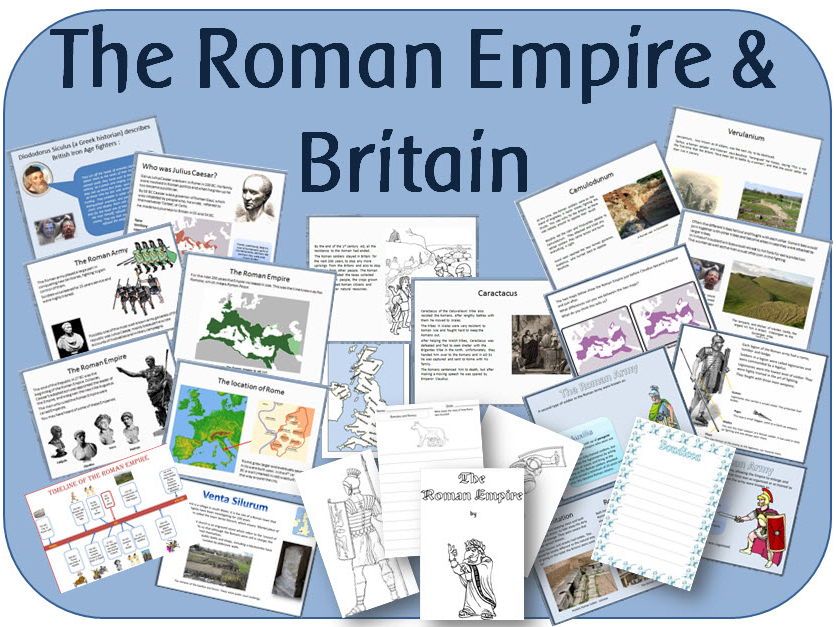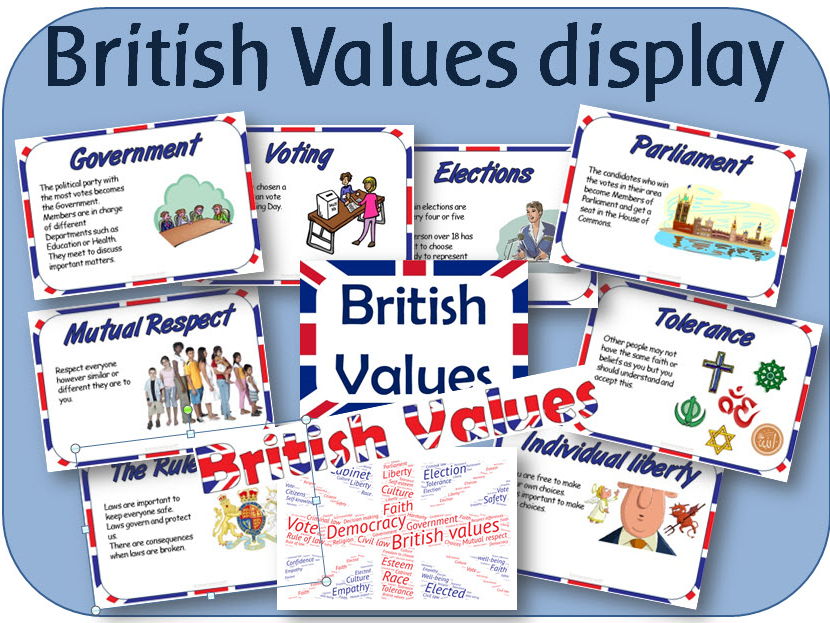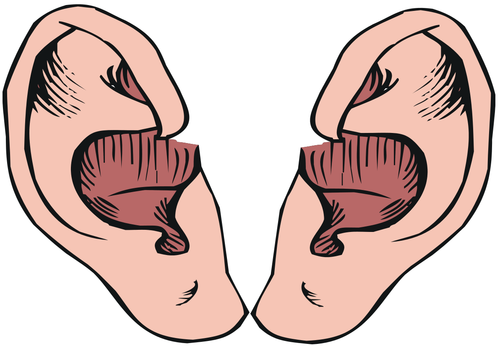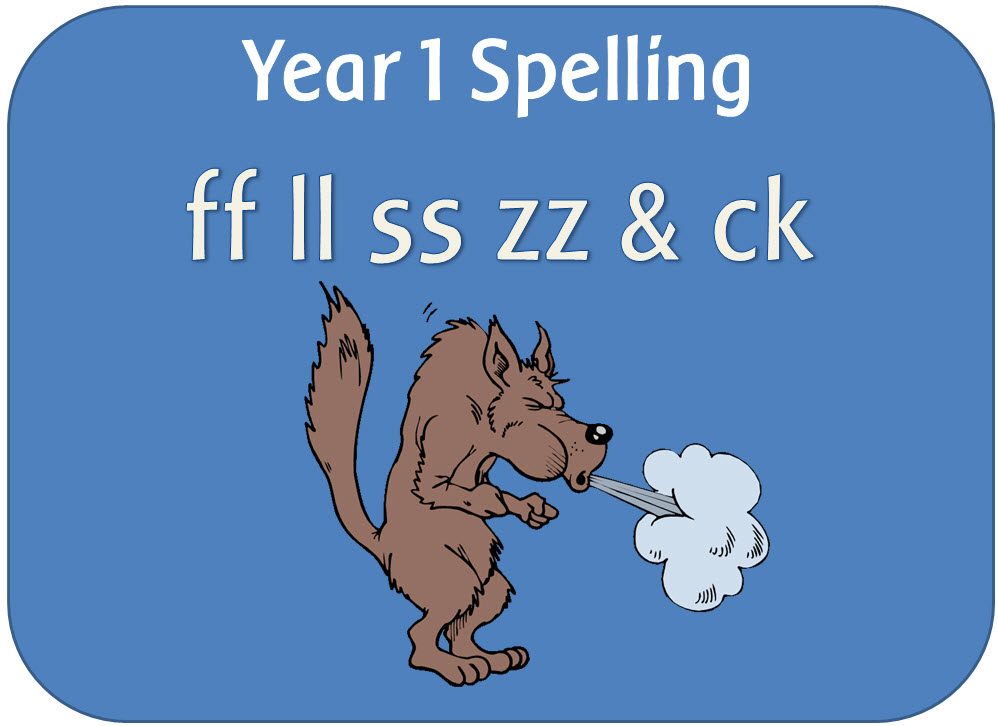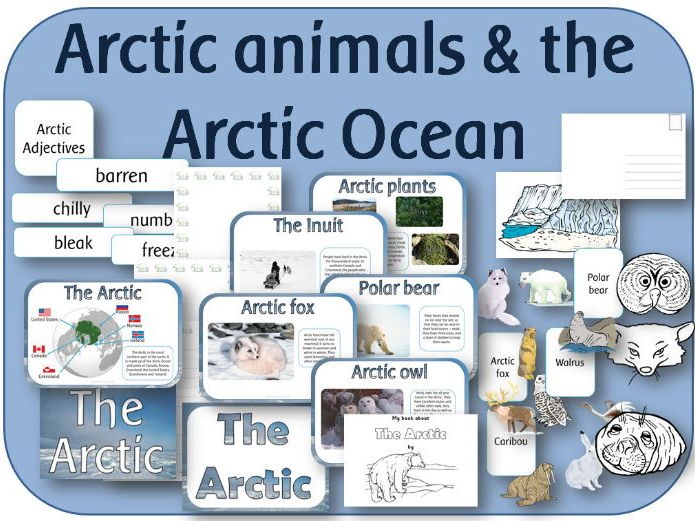
404Uploads
1081k+Views
686k+Downloads

Year 5 science - Forces - powerpoints, worksheets, planning & investigation sheets
A set of resources for the new science curriculum, looking at different aspects of forces such as air resistance, water resistance, friction, gravity and mechanisms. It contains:
1. INTRODUCTION TO THE TOPIC - LO: To find out what the children already know about forces
POWERPOINT: A recap of previous learning from Year 3.
WORKSHEET: A sheet for the children to record what they already know about forces.
2. FALLING TO EARTH - LO: Explain that unsupported objects fall towards the Earth because of the force of gravity acting between the Earth and the falling object
POWERPOINT: A look at gravity and explanations of weight, newtons, and how forces can balance objects to keep them from falling.
WORKSHEET 1: Force meter recording sheet
WORKSHEET 2: Falling objects and gravity recording sheet
3. FRICTION - LO: Identify the effects of friction that act between moving surfaces
POWERPOINT: Explains what friction is, when it happens and how useful it can be in daily life.
WORKSHEET: Friction recording sheet
4. WATER RESISTANCE - LO: Identify the effects of water resistance that act between moving surfaces
POWERPOINT: Explains what water resistance is and what effects it can have. Looks at different shapes and how high or low the water resistance would be for each.
WORKSHEET: Water resistance recording sheet
5. AIR RESISTANCE - LO: Identify the effects of air resistance that act between moving surfaces
POWERPOINT: Explains air resistance and how it can slow different objects down. Looks at ways in which it can be useful and situations where it is important.
WORKSHEET 1: Air resistance activity
WORKSHEET 2: Weight in water and air recording sheet
6. LEVERS, PULLEYS AND GEARS - LO: Recognise that some mechanisms, including levers, pulleys and gears, allow a smaller force to have a greater effect.
POWERPOINT: Looks at and explains each mechanism in turn, giving examples of each and how forces are altered by them.
7. FORCES RECAP
POWERPOINT 1: A recap of all the learning covered in the topic
POWERPOINT 2: A quiz
WORKSHEET 1: Sheet for recording what they have learnt
WORKSHEET 2: A quiz answer sheet, can be used for assessment.
OTHER RESOURCES
A-Z lettering, with a picture background
A4 Forces title
Forces topic booklet front cover - with space for children to draw their own forces design.
Vocabulary powerpoint - can be used as a show and printed out for display.
Writing sheet
Investigation and recording sheets - A folder of blank tables, graphs and planning and recording sheets
Year 5 Forces medium term planning: An outline of the activities and learning objectives with websites and ideas. It can be added to and amended for your own use

Phase 1 Aspect 1 Environmental Sounds Letters and Sounds Phonics resource pack
A mixture of powerpoints and printable activities to encourage sound discrimination by listening to sounds in the environment.

Spag Punctuation posters: KS1 KS2 Years 1 to 6 display pack
A set of 22 A4 posters describing, naming and explaining different types of punctuation
The posters cover all the punctuation outlined in the English National Curriculum.
The titles of the posters are:
Punctuation
Capital letters
Spaces
Sentence
Full stop
Question mark
Exclamation mark
Apostrophes for contractions
Apostrophes for ownership
Comma
Commas for lists
Inverted commas
Ellipsis
Hyphen
Colons to introduce a list
Colons for independent clauses
Semi-colon
Bullet points
Dash
Brackets
Plus 2 'DO NOT...' posters:
Do not use an apostrophe for 'its' when it is a possessive adjective
Do not use an apostrophe for plurals
Each poster contains the title and explanation and an image / examples
Plus a 'Punctuation' banner that prints onto 3 A4 pages and a border to frame a display.

SPaG Year 1 Spelling pack: Sounds spelt ff, ll, ss, zz and ck
A set of resources to teach the spelling requirements for Y1:
The /f/, /l/, /s/, /z/ and /k/ sounds are usually spelt as ff, ll, ss, zz and ck if they come straight after a single vowel letter in short words.
The PowerPoint presentations explain each spelling rule and gives examples of words for a class activity.
The worksheets contain pictures and sentences with the relevant missing words for children to spell.
The word wheel contains the beginnings and endings of words for a group activity.
The word list contains a page-full of age-appropriate words.
The outline planning document in Word matches the activities with learning objectives and spelling rules and guidelines.

Transport topic - George Stephenson and the history of trains - powerpoints and activities
Two powerpoints looking at how and why trains developed over time, and the Father of the Railways, George Stephenson, plus 3 worksheets.
George Stephenson and locomotives: Looks at James Watt and his steam engine design; Richard Trevithick and his steam engine improvements, and the life of George Stephenson, and how he became known as the 'Father of the Railways'. Tells the story of the first steam locomotives; the Rainhill Trials; the Liverpool and Manchester Railway; and new steam locomotive designs up to 1941. Also briefly and simply explains how steam engines work.
Trains now and then: Shows different parts of a steam locomotive, and looks at pictures of different locomotives, and how they developed from George Stephenson's Rocket, to the modern bullet trains of today.
Steam train worksheets: 3 different worksheets, showing a picture of a steam train to label and caption.
The Rocket worksheet: To compare modern trains with old steam locomotives.
Steam train template: An outline of a steam train, to use for colouring, collage, paint etc.

Year 3 Science - Light topic - powerpoints, display and activity pack
A set of IWB lessons, worksheets, activities, planning and display resources following the 2014 curriculum.
It includes 8 powerpoint lessons, worksheets, activities, games and display.

Guy Fawkes, Bonfire Night and the Gunpowder Plot - 2 powerpoints, 12 display files and 15 activities
A powerpoint story of Guy Fawkes, the Gunpowder Plot and why we celebrate Bonfire Night, with classroom activities to print and display resources.
Guy Fawkes - Two versions; one for KS1 and one for KS2. It details Guy Fawkes' life, and how he became involved with the other conspirators of the Gunpowder Plot; it explains how he was caught, and why people now celebrate Bonfire Night.
ACTIVITIES:
Bonfire night acrostic poem
Bonfire Night topic cover
Fire border for displaying work
Fireworks border
Gunpowder plot and Guy Fawkes sequencing
Gunpowder plot black and white pictures (for colouring/display)
Gunpowder plot cards
Gunpowder plot word mat
Guy Fawkes topic cover
Letter to Mounteagle
Newspaper report x 4 - Guy Fawkes, The arrest and The conspirators
Blank scroll
DISPLAY
A-Z Flame lettering
Bonfire Night banner
A4 title
Large lettering Bonfire Night
Fireworks border for displays
Confession letter of Guy Fawkes
Guy Fawkes title
Main conspirators poster
Portraits of James I and Guy Fawkes
Posters - Guy Fawkes and the Gunpowder plot
The Fireworks code
The Gunpowder plot pictures

The Arctic: ( animals and Ocean) powerpoint,display, worksheets and activities
A set of printable resources (display, worksheets, games and activities) plus a PowerPoint about the Arctic, the Arctic Ocean and animals in the Arctic.
The set contains:
The Arctic PowerPoint. It covers:
What is the weather like in the Arctic?
Where is the Arctic?
What is the Arctic Circle?
The North Pole
What plants grow in the Arctic Circle
What animals live in the Arctic Circle - herbivores and predators
Arctic birds
Arctic whales
Arctic sea animals
Humans and the Arctic
2 A4 headings
Alphabet polar bears
Anagram worksheet - Arctic animals
A-Z lettering with an snowy background; all letters of the alphabet, plus numbers and punctuation, plus ‘The Arctic’ in large letters
Bookmarks to cut out and colour, with polar bears
Display border - with pictures of polar bears
Cards - Arctic animals for games or display
Factfile sheets - for children to research and fill in
Flags - The countries bordering the Arctic Circle
Map showing satellite imagery of the Arctic Circle
A map of the Arctic Circle
Masks - black and white animals from the Arctic
Number line to 20 with digits and written numbers with a polar bear background
Passport to fill in for a trip to the Arctic
Pictures of Arctic animals to cut out and use in topic work
Pictures of Arctic animals to print out for display
Postcard to write from the Arctic
Set of posters with explanations and photographs of:
The location of the Arctic
Arctic plants
The Inuit
Arctic animals
Polar bear
Wolverine
Arctic fox
Arctic owl
Arctic tern
Snow geese
Arctic hare
Arctic squirrel
Lemming
Seal
Muscox
Caribou
Walrus
Topic covers - 3 different versions
Vocabulary cards - Arctic adjectives for composition
Writing border sheets - lined and unlined

Short history of the United Kingdom powerpoint
A 14 page powerpoint suitable for primary children showing the changes in the four countries of the UK from the Iron Age tribes to today. The presentation explains how Scotland, England, Wales and Ireland got their names, and how Britain and the UK were names.
The pages are headed:
Iron Age Tribes
The Roman Conquest
Anglo-Saxons
The Vikings
The Norman Conquest
The Middle Ages
The Tudors
The Stuarts
Georgian Britain
Victorian Britain and the British Empire
Irish Independence
The Commonwealth
The European Union

Dinosaurs, fossils and palaeontologists: powerpoint lessons for EYFS KS1 KS2
Powerpoint files:
Dinosaur AfL - 7 different questions to pose to the children before the topic begins.
Where and when did the dinosaurs live - Looks at Pangaea, and the timescale involved and how long ago it was.
Dinosaur discoveries - Looks at how fossils were found and ideas emerged about dinosaurs. Talks about early ‘palaeontologists’ including Robert Plot, Robert Buckland, Mary Anning, Mary Ann and Gideon Mantell, Richard Owen and their discoveries.
How fossils are formed - A step by step guide
Dinosaur diets - herbivores, carnivores and omnivores
What happened to the dinosaurs - looks at different theories of why dinosaurs became extinct.

KS2 History Bronze Age Pack - PowerPoint lessons, activities and display
A set of resources for a unit of work covering the Bronze Age in Britain, looking at the Amesbury Archer, Must Farm and Stonehenge amongst other things.
POWERPOINT (26 PAGES): Description of different aspects of Bronze Age life including
• Sources of information
• Discovery of copper and bronze
• Britain in the Bronze Age
• Religion
• Henges
• Daily life
BRONZE AGE ACTIVITIES: (for recording research)
• Write a report about the Amesbury Archer
• Write a report about Must Farm
• Bronze Age ways of living
• Bronze Age travel
• Bronze Age technology
• Bronze Age religion
• Topic covers (x2) For topic books
• Bronze Age writing border sheets (x2; lined and unlined)
BRONZE AGE DISPLAY:
• A4 title
• A-Z lettering in a bronze background
• The Bronze Age banner
• Bronze Age timeline
• Bronze Age artefacts
• Bronze Age border for display boards

Daily routine flash cards for visual sequencing, SEND, EYFS
The cards can be used to help children plan the day, get ready for what is happening next and to communicate with others.
There are 72 cards included; 9 to each A4 sheet.
Updated version added February 2023*
If there are any other activities / extra cards you would like adding to the pack, please send a message and I can add them.

Geography topic: Coasts - powerpoint lessons and activities
A set of lessons and worksheets looking at coasts, erosion, deposition and tourism.
POWERPOINTS
INTRODUCING COASTS:
Introduction to what coasts are; erosion and deposition, and investigating different coastal localities around the UK.
COASTAL EROSION:
Looks at different physical features caused by wave erosion - arches, caves and coastal stacks, and demonstrates the process of erosion by animated diagrams of how each feature is formed. It also briefly explains how different rock types erode at different rates, and shows a map of the UK, with the main types of rock found in each area. It ends with a series of photographs for the children to look at and identify coastal features.
COASTAL DEPOSITION:
Investigates the process of longshore drift, with an animated example, and explains the difference between sand and shingle beaches.
INVESTIGATING COASTAL ENVIRONMENTS:
Gives the children the task of writing a piece about a different coastal location for a holiday brochure.
MANAGING THE COASTLINE:
Explores how coastal erosion affects humans, and the reasons why we need to protect the coast from erosion. It explains how we protect the coast by building groynes, sea walls, armour, artificial harbours, or how we can just do nothing - giving the advantages and disadvantages of each method of protection.
COASTAL DEVELOPMENT:
Gives the children the task of being a local resident, a sea angler, a travel company representative, a holidaymaker, or a local government official, and deciding whether a hotel should be built in an unspoilt area of coastline.
WORKSHEETS (PDF)
LABEL COASTAL AREAS ON UK MAP: A blank UK map for the children to identify coastal areas that they know.
COASTAL EROSION: 2 pictures of coastal erosion for children to name features and describe the formation
WORLD AND UK MAP: To locate coastal areas in the world that they have visited
BROCHURE TEMPLATES: 10 different blank layouts for the children to fill in for the holiday brochure.
COASTAL DEVELOPMENT GROUP WORKSHEETS: Recording sheets when the children split into different groups to decide on whether a hotel should be built.

Mountains display pack
This resource contains headings, vocabulary and posters, all in pdf format on CD to print out for a Mountains display
MOUNTAINS LETTERING - This lettering is to cut out for display. 'MOUNTAINS' / 'THE MOUNTAIN ENVIRONMENT' is written out, which can either be printed as a banner, or cut out for display. There are also all upper and lower case letters and numbers included so that you can print out whatever you need to personalise your display.
THE MOUNTAIN ENVIRONMENT A4 HEADER - to print.
MOUNTAINS VOCABULARY DISPLAY - With headings and photographs (2 per A4 sheet - Includes blizzard, avalanche, snowdrift, snow, hail stones, snow flake, alpine glow, flood, peak, mountain range, base station, mountain tourism, ski run, litter, mountain, hill, flora and fauna.)
MOUNTAINS POSTERS - 15 A4 sheets, with explanations and descriptions:
What is a mountain?
Plate tectonics (x2)
Fold mountains
Fault-block mountains
Volcanic mountains
Dome mountains
Plateau mountains
Mountain climates
Mountain temperatures
Mountain weather
Mountain rainfall
Mountain ranges - map
Seven Summits - map
UK mountains - map

EYFS / KS1 Ourselves and the five senses display pack
A pack of posters, vocabulary, headings, lettering and display borders:
Ourselves headings and titles:
Five Senses title: Prints onto 4 A4 sheets - can be used as a banner, or the letters can be cut out.
Ourselves lettering x2: 2 different versions of A-Z letters, both with pictures of children's faces.
Ourselves banner: Prints onto 2 A4 sheets, with a border of children's faces.
Ourselves border: With children's faces, to frame your display
Ourselves title: 2 A4 versions.
Ourselves Posters:
Body Parts: 17 A4 sheets, with title and vocabulary with pictures - eye, nose, ear, mouth, head, neck, shoulder, back, chest, arm, elbow, hand, leg, knee, ankle and foot. Also includes a title. (One version shows a skeleton outline, with arrows pointing to the location of each body part, the other shows the outline of a body.)
Growing up posters: 15 pages of humans of different ages, for display, or sequencing activities.
Matching baby animals: Can be used for display or matching games. Animals include dog / puppy, horse / foal, cat / kitten, chick / chicken, lamb / sheep, kid / goat, duckling / duck, caterpillar / butterfly, baby / adult, and tadpole / frog.
Movement posters: Pictures and labels of different types of movements that humans and other animals make - jump, run, skip, crawl, hop, climb, cycle, walk, dive, swim, fly, slither, scuttle, gallop, flutter and wriggle. Also includes title.
Ourselves vocabulary: 17 pages of useful vocabulary for the children to refer to. Includes words for parts of the body, words relating to living things, words for making comparistons (eg tall, taller, tallest), and words relating to the senses. 12 pages contain 2 sets of vocabulary and pictures; 3 pages contain 3 sets of comparison vocabulary, and 2 pages contain 5 sets of vocabulary labels.
The Five Senses posters: Includes a title, pictures and descriptions of the 5 senses.
Ourselves word / help mat: Contains useful vocabulary with pictures for the children to use when writing.

Year 6 science - Light - powerpoint lessons, worksheets and display pack
A set of IWB lessons, worksheets, activities, planning and display resources to teach about light, shadows, reflection and refraction following the objectives in the new science curriculum.
The pack includes:
POWERPOINTS:
SEEING LIGHT: Recaps on previous learning, that the sun is the main source of light, and looks at other sources of light. It explains how light travels in straight lines and demonstrates how we can see objects when light reflects off them.
SHADOWS: Discusses how shadows are formed, and how they are changed when the source of the light moves.
REFLECTION, REFRACTION & LIGHT PHENOMENA: Explains how periscopes work, how objects seem to change when they are under water, how rainbows form, how soap bubbles reflect light, how coloured filters work, what night vision is, and briefly looks at other types of light that the children might have heard of.
WORKSHEETS AND ACTIVITIES:
Topic cover x 2
Concept worksheet
Worksheet to explain about light
Investigation cards to inspire different investigations
DISPLAY:
A4 Title
A-Z lettering
Vocabulary
INVESTIGATION:
A folder of blank investigation and recording sheets, plus bar charts
Plus a medium term plan with activities and web links

SPaG Year 2 Spelling: The /r/ sound spelt wr
A set of resources looking at words beginning with wr.
POWERPOINT: Explains the spelling and gives examples for the children to read. Then there is a spelling activity, using a look, hide and check format
BINGO: Wr words
CARDS: Matching cards with words and pictures
CROSSWORD: wr words
PRACTICE SHEET: Writing words beginning with wr spelling sheet
WORDSEARCH: wr words
WORD DOCUMENTS: Lists of words and a planning document.

Letters and Sounds Phonics tracking assessment booklet Phases 2 - 6
This is a 9 page booklet in Microsoft word and a copy in pdf which assesses phases 2, 3, 4, 5 and 6. It is written in Sassoon Infant font which is embedded in the file so will work even if you do not have it installed on your computer.
It includes assessment of letter sounds; tricky words; CVC words; non-word reading tasks; oral blending and oral segmentation; consonant digraphs; vowel graphemes; letter formation; alternative pronunciation for graphemes; alternative spellings for phonemes; and progression of reading skills in phase 6.
The Microsoft Word file can be edited and changed if needed.

Rapunzel Fairy Tale activity pack - Powerpoint story, display resources and activities
A story of Rapunzel, plus writing sheets, wanted poster, sequencing pictures, book cover; display border and heading.

British Values Powerpoint lessons and activity sheets for KS1 and KS2
The set contains the following powerpoints:
Democracy introduction: Explains what democracy is, where it began, and a short history of how Democracy began in Britain. It explains that not all countries are democracies and gives examples of other types of government.
Democracy in Britain: Explains how democracy works in Britain; how votes are made, elections, political parties, Parliament and Government
Respect and Tolerance: Explains the ‘Out of Africa’ theory of where humans originated and how the migration of humans has affected race and culture. Explains the six major religions in Britain; their beliefs and their origins; asking the children to look at similarities and differences between them.
Respecting Differences: Something to make the children think - looks at different features in humans and how we might all be different but we are all human.
The Rule of Law: Explains what the Rule of Law is and how the legal system developed in England/Britain from medieval times to the present. Looks at civil law and criminal law, explaining the differences, and how the courts and the police are there to protect us.
The set also includes flags/ bunting to colour, writing and activity sheets and a topic cover.

